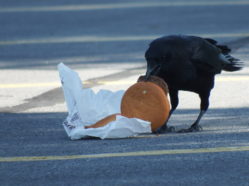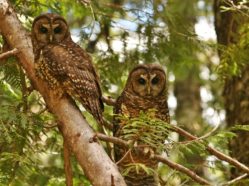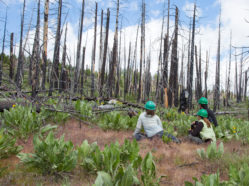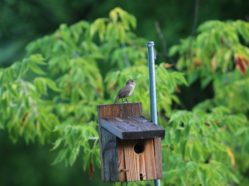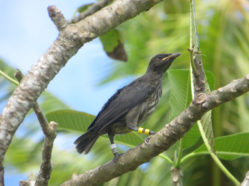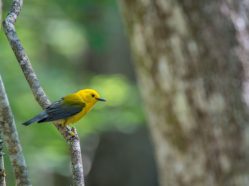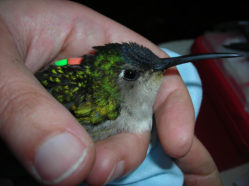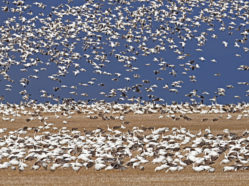Urban Living Leads to High Cholesterol… in Crows
Animals that do well in urban areas tend to be the ones that learn to make use of resources such as the food humans throw away. But is our food actually good for them? A new study published in The Condor: Ornithological Applications suggests that a diet of human foods such as discarded cheeseburgers might …
